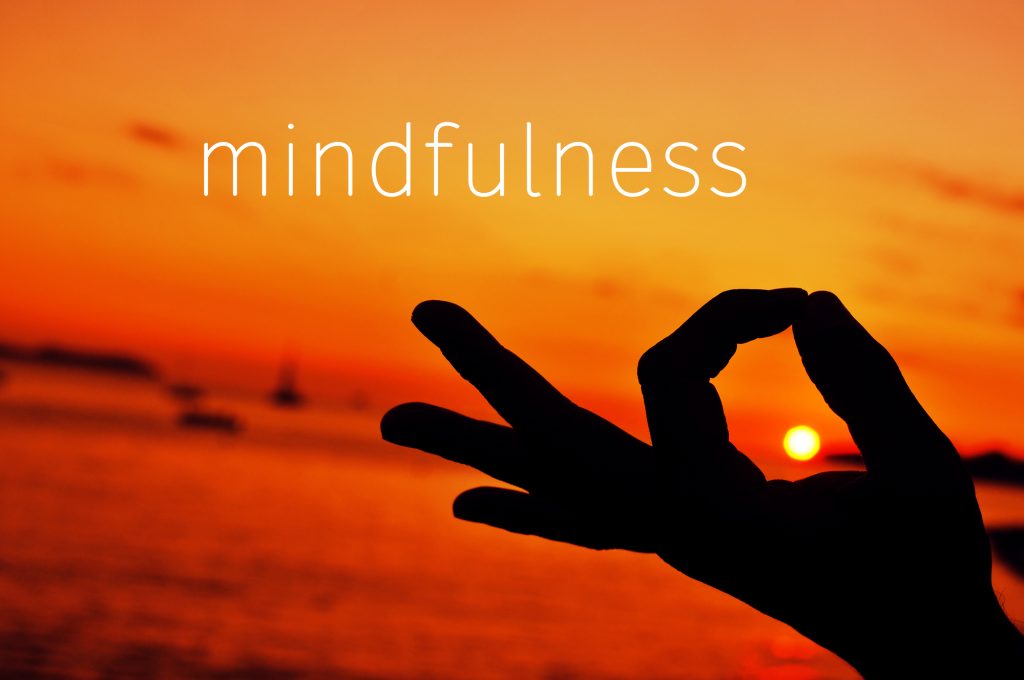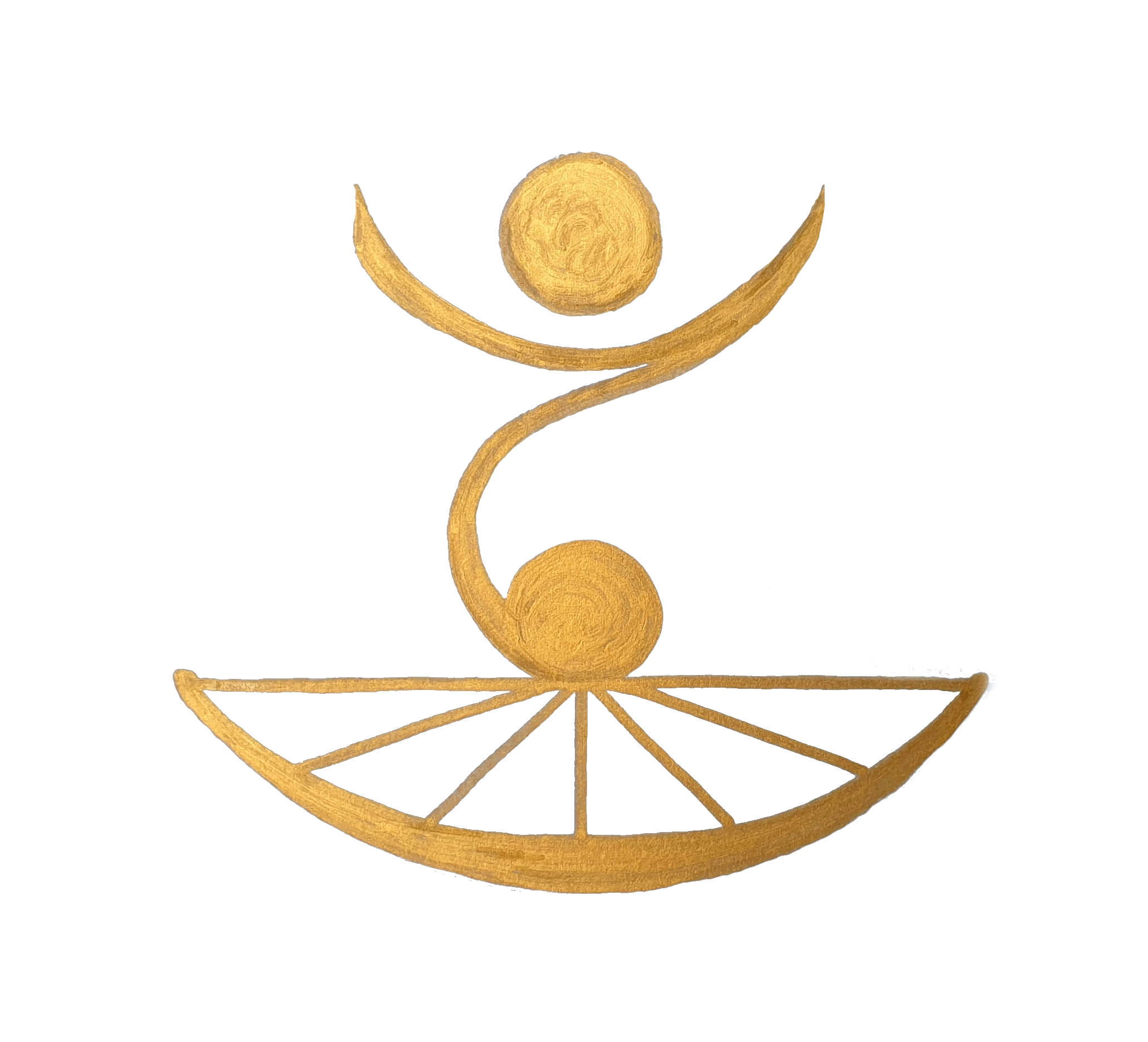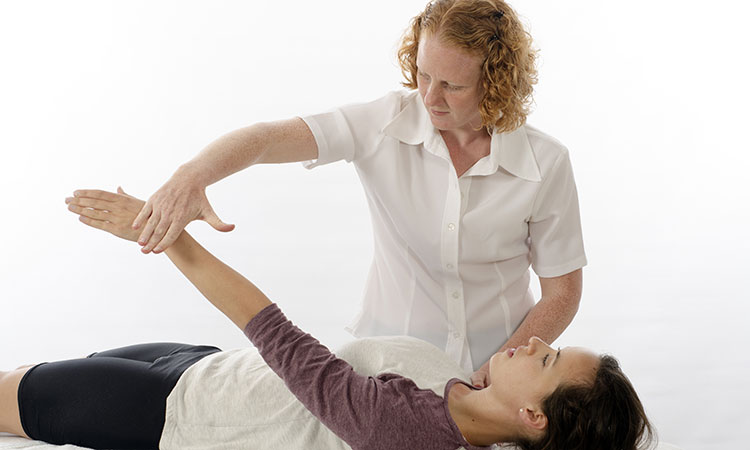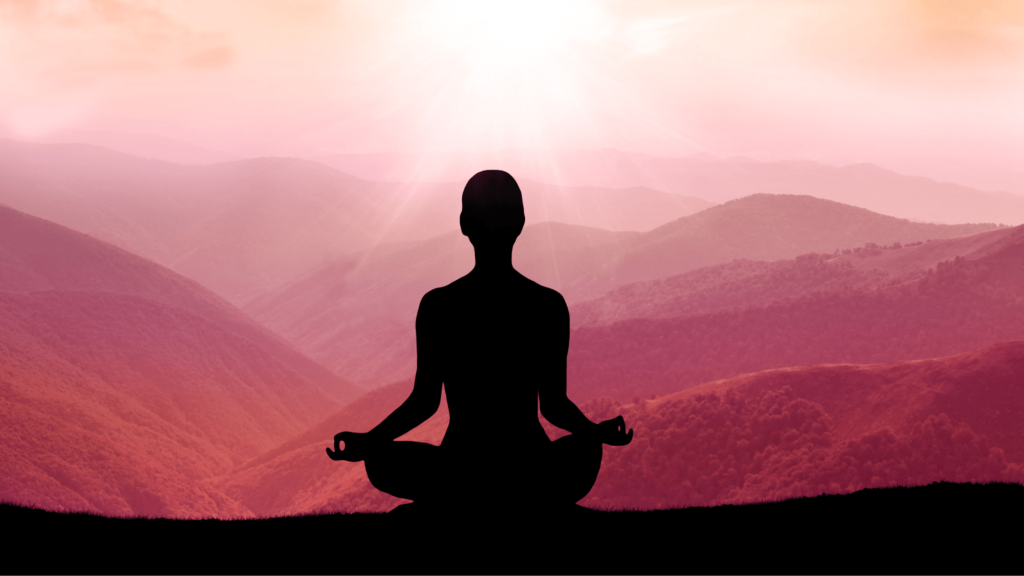Practicing with Habits
From the dictionary: “Habit–a settled or regular tendency or practice, esp. one that is hard to give up.”
Simple, ordinary habits are the mind’s way of laying down grooves along which it can thereafter travel to make life easier, simpler, and more efficient. However, there may be a corollary loss of awareness when we’re in the automatic mode of habitual action.
So it might be worth considering our habits from a practice perspective, i.e., how we might use them to return to the present and be more aware.
Here’s a simple three-step process for practicing with habits:
Step one: make a list of your ordinary, every day habits, the things you do over and over in the same way. It might help to generate your list under a variety of categories, for example:
–postures (how you stand, sit, and recline)
–hand gestures (how and when you use them, what kinds, etc.)
–facial expressions (frowns, smiles, “neutral” expressions, which facial muscles are used when)
–ways of walking (is your father walking in you, your mother, your childhood hero? Do you walk differently at different times?)
–ways of talking (verbal expressions used habitually–“you know,” “you got it,” “awesome,” etc; greetings, slang terms, phrases, “ums” and “ahs,” etc.)
–mood habits (disgruntled, ironic, overly cheerful, depressed, etc.)
–thoughts, fantasies, images (anything that tends to repeat itself)
–how you do things (brush teeth, eat, drive, read, watch tv, etc).
If you have trouble generating any part of the list, you might consider asking loved ones and friends what they see you doing and saying habitually. They may have noticed things about you that you haven’t yourself.

Step two: Pick a particular habit from one of the categories above and choose to observe the habit in action for a specific time (could be an hour, a day, a week). When you catch yourself in the habit, notice as best you can how it feels. Don’t try to change it or get rid of it yet. Once you have a good sense of how the habit functions, you can begin the last step.
Step three: Make a soft effort to modify, change, or stop the particular habit. Whether you succeed or not, notice what comes up as you are more aware of the habit and as you try to work with it. Particularly, notice any bodily sensations of discomfort and emotional feelings of anxiety or anger or sadness. And notice the thoughts that come up. “This is too hard.” “I like my habit.” “I’ll never change”—whatever. Finally, from time to time, remember to include an awareness of the “surround”—sounds, sights, smells, etc.
It’s important to get that this exercise is not about ridding ourselves of bad habits, or fixing or improving ourselves. It’s merely meant to bring more awareness into our ordinary moment-to-moment living.
Al Zolynas



